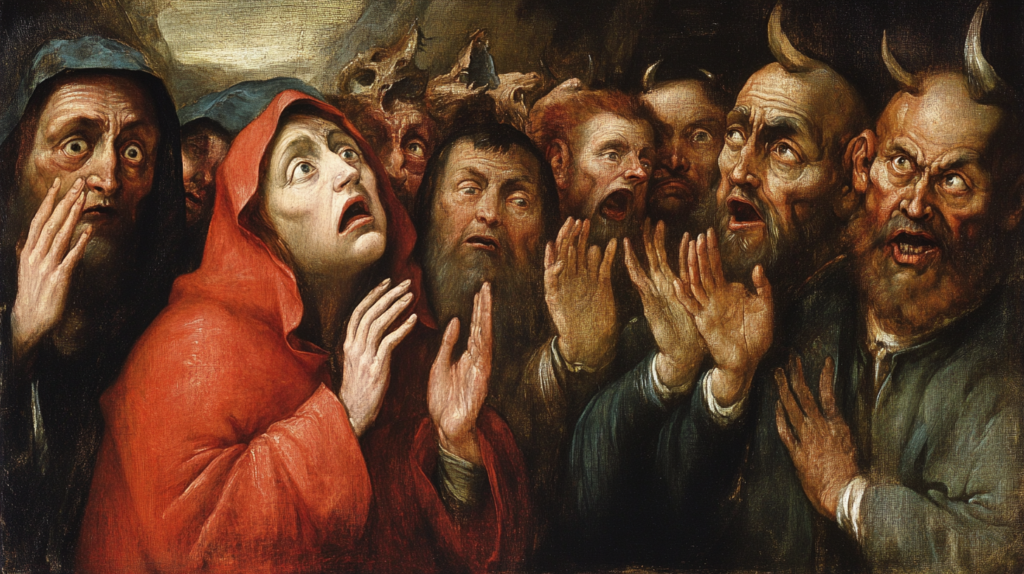
This is never the case with art because it is not just a phenomenon that paints a picture to make the environment pretty. It’s a way of understanding the artists, a reflection of the society and the world they live in, and, occasionally, it’s an image that requires deciphering. Is it possible that for every paint painting which is hailed for being open-minded and creative, there are some secret meanings that are not easily understood
This article will take you on an expedition to reveal the masked meanings behind some of the most famous paintings in the world. When you are done, you will never look at art the same way again.
The Passive Nature of Language in Art: Why Authors Hide Meaning

Art is a language, and yet it does not always scream out the messages that it wants to convey. It does not always scream, and that is where the interest arises. What we are going to discuss in this article sounds rather paradoxical: why do authors hide messages in their works? It is mostly the question of the time they lived in. In times of oppression, censorship, or other social limitations, artists had ways of telling what they could not tell directly.
For instance, Leonardo da Vinci, a man who was a scientist as well as an artist, painted subjects that were far from the customs of his time. Or Michelangelo, who was not afraid to make statements that would challenge powerful structures through subtle symbols. These hidden messages were not only the artistic touches; these were the acts of defiance, storytelling and at times, the artist’s deepest wishes.
Signs and Allegories: The Codes of History Unlocked

This meant that artists would use symbols and allegories to paint or sculpt messages into their works. Every detail, a bowl of fruit on the table, a dog lying down on the side walk, or the way a figure stands may have some significance. Let’s break this down with some examples.
The Religious Aesthetics of the Renaissance: Religion was a very powerful factor in Renaissance society. Renaissance artists such as Raphael, and Botticelli, handled subjects that were essentially religious but they provided much more meaning to it. Botticelli’s The Birth of Venus for instance is not just a painting that portrays beauty, it is an artwork that is a representation of divine love with lots of symbolic meanings.
Allegorical figures in the context of political satire
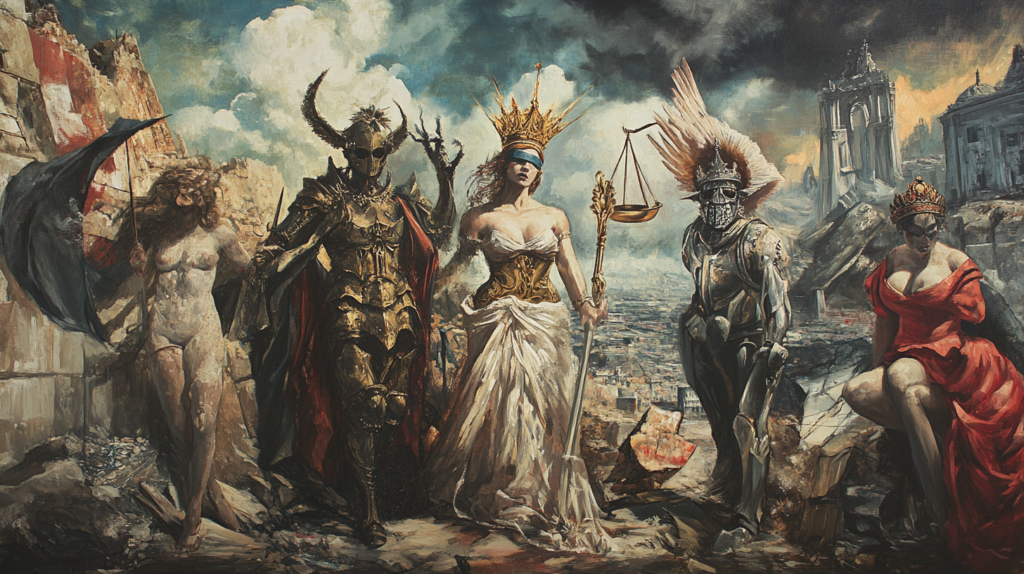
Art has not always been a mere display of the pretty works that have been created over the years. It became a tool for expressing an opinion and making a statement in times of political instability.
Looking Behind the Canvas: Some Examples of Well-Hidden Messages
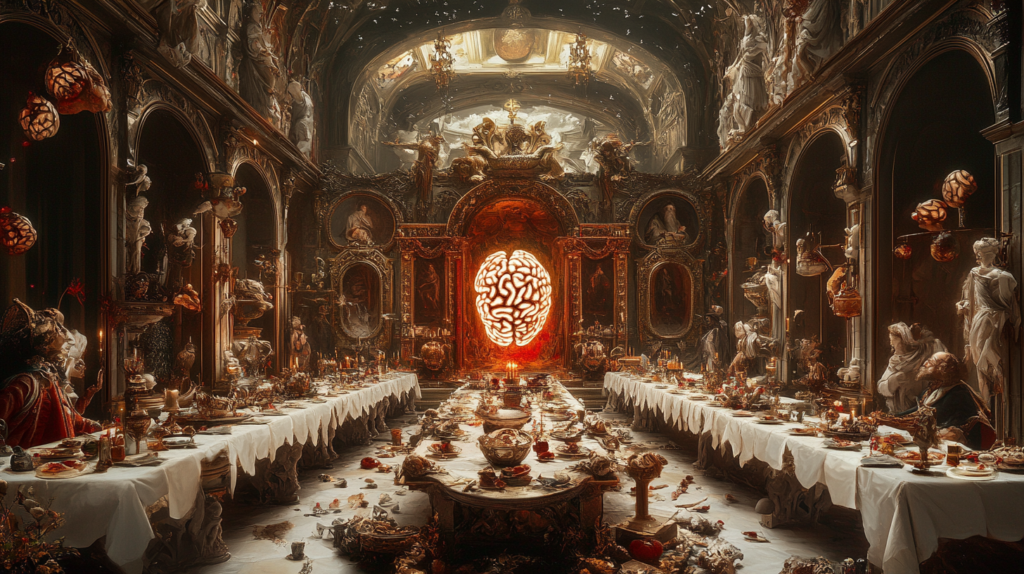
Some paintings are like maps, indicating to historians all the amazing discoveries that they will encounter. Here are a few masterpieces with secrets that have kept historians talking for centuries: Here are a few masterpieces with secrets that have kept historians talking for centuries:
- Leonardo da Vinci’s The Last Supper On the surface, this painting which has been painted by da Vinci portrays Jesus and his disciples having their final meal. But look closer. The distance between the apostles? Some have claimed that Leonardo employed mathematical codes along with geometrical symbols with which he concealed further significance. Others have claimed that when viewed as a staff, the painting contains hidden musical notes that represent the composition’s harmony.
- Michelangelo’s Sistine Chapel Ceiling Michelangelo’s frescoes in the Sistine Chapel are famous for their size and the beauty that they portray. But do you know this? It is also believed that in the background of The Creation of Adam, there could be an anatomic illustration painted in the open work. Michelangelo could have painted images of brains as a reference to his interest in human anatomy.
- Jan van Eyck’s Arnolfini Portrait The Arnolfini Portrait is a very visually appealing picture, however it is also a riddle of some sort. Now if we look at the reflection in the mirror which is in a convex shape, you are able to see the figures of two people, maybe the witnesses to a marriage. Every object in the room, starting from the dog to the shoes, had some specific meaning, so it could be considered as some kind of contract.
This is how Artists do it.

It is not that hard to hide some messages; it is quite complicated to create them. It remains unknown whether it is the lack of time or the true passion, but one thing is certain – it is not easy to come up with such an idea. Here are some techniques artists have used over the centuries: Here are some techniques artists have used over the centuries:
Some messages are painted under the surface and can only be seen if the overlying paint is peeled off. It has helped that there are modern day tools like X-ray and infrared imaging to bring out the pictures and paintings which were hidden under the famous works. For instance, Pablo Picasso used the same canvas more than once and would paint over the previous work while leaving some traces of it.
There is perspective, and then there is the optical illusion, which is when certain paintings offer different images depending on how you view them. This technique was employed in an apparent manner in Hans Holbein the Younger’s painting The Ambassadors. It would have been normal for anyone to think it is a normal portrait of two ambassadors, but, oh no, there is a skull that makes an appearance the moment you tilt your head to the right side—a skull that serves as a reminder of mortality.
Symbols in the context of the Objects That Appear Quite Ordinary

Object symbols were very effective as can be seen from artists’ use of objects that seemed quite ordinary. A flower could be for love, while a fruit could symbolize sin or the fall of man. These details may not seem to mean much to the layman, but they are actually very significant.
A short note on the misconceptions and controversy

It is not always correct to take every word uttered by experts as the last word. Sometimes, people get too excited and create meanings where there are none in allegory.
A Conspiracy Theory Crazy
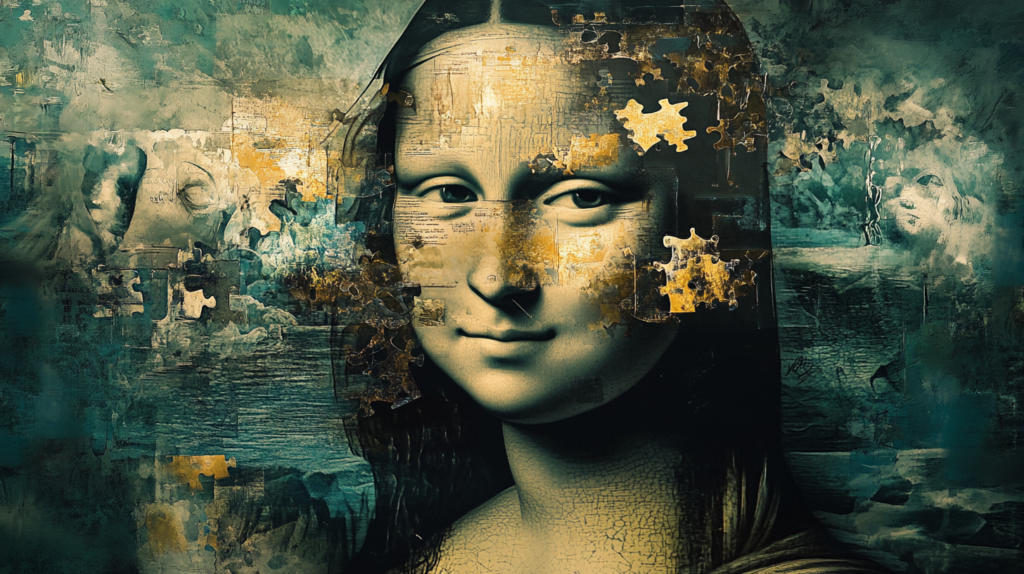
There has been a lot of discussions on the Mona Lisa’s mysterious smile. Is she actually smiling because she is happy or is it the fake smile out of depression? Or is it a clue to some other riddle? Of course, some of the theories are quite interesting while others are simply in the realm of the imagination.
Cultural Bias
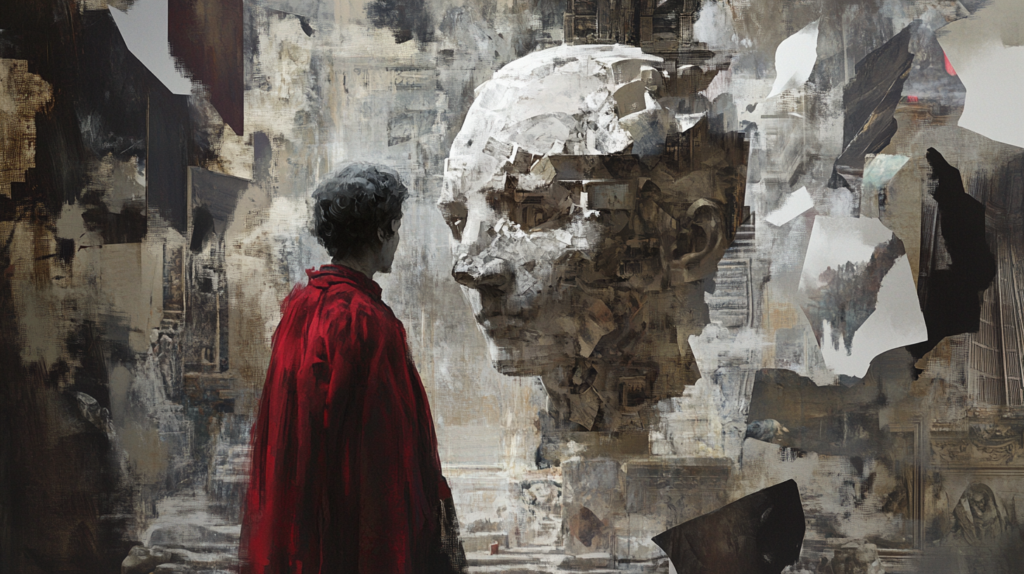
Contemporary viewers always come with their own experiences and interpret artworks in terms of society. The same subject or a pose which may have been acceptable or may have had a different meaning in the artist’s time may be viewed rather differently by us.
The Role of Technology in Decoding Art
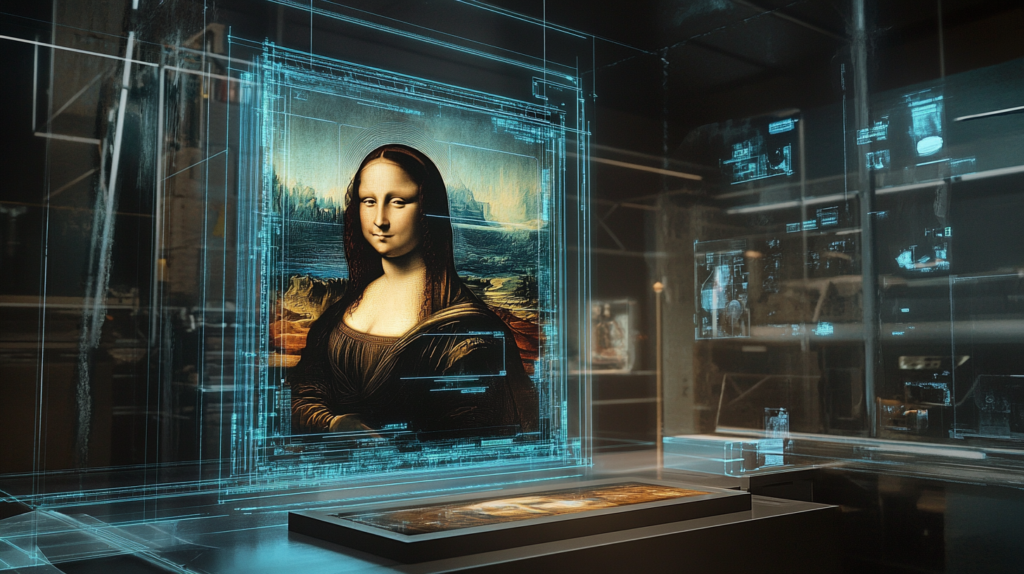
We now have tools that Leonardo da Vinci could only have dreamt of, thanks to modern-day historians. The use of infrared and ultraviolet lighting and other technologies makes it possible to see through the paint to the underlying surface. There are artificial intelligence-based programs that are able to pick out symbolism and connections in an entire artist’s work.
For instance, it was noted that there was an earlier version of Girl with a Pearl Earring by Vermeer: how the artist perfected his composition. These discoveries not only unravel the mysteries but also enhance our appreciation on the artists’ working methods.
What is So Delightful about the Secret Meaning?
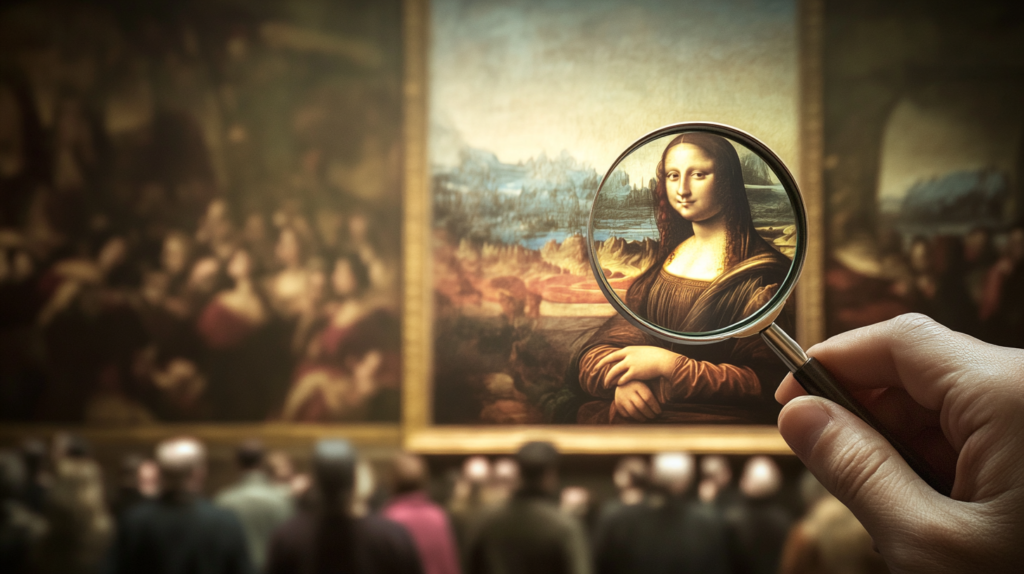
Why do we love these hidden meanings so much, then? Part of the fun is that they make us feel like detectives unraveling a murder that happened centuries ago.
But more than that, they transport us to the artist’s world. It makes us understand that these creators were not just some names in history books, they were actual people who suffered, hoped, were afraid, and had dreams similar to ours.
Conclusion: The Art of Mystery

Art at its core is about one thing, and that is relationship. The symbolism found in well-known paintings are lessons that tell us that no matter the time period, art is still being made to speak to people, to make them see the world as we do, or at least try to.
The next time you go to a museum or look at a painting, you should examine it carefully because you never know what you will find behind the mask.
The Secret Lives of Paintings: Fenton, Roger
Documentaries: The Mysteries of the Renaissance
Museum with Symbolic Art Collections: The Louvre, The Vatican Museums
Read More……Survivors’ Symphony: Extraordinary Tales of Animals Who Beat the Odds




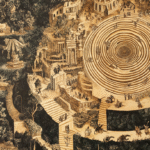




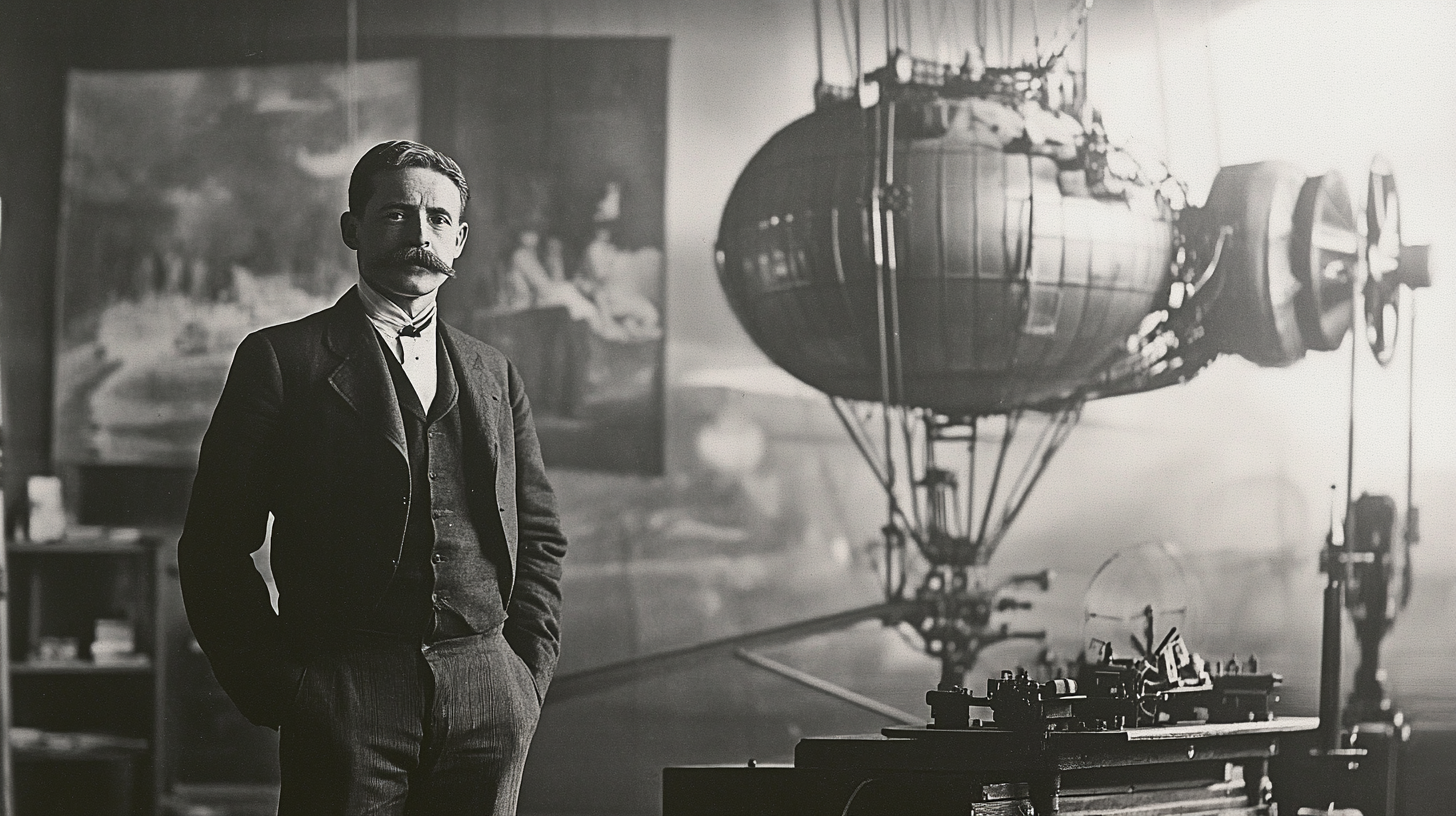

One thought on “The Hidden Messages in Famous Paintings Art: What Historians Want You to Know”